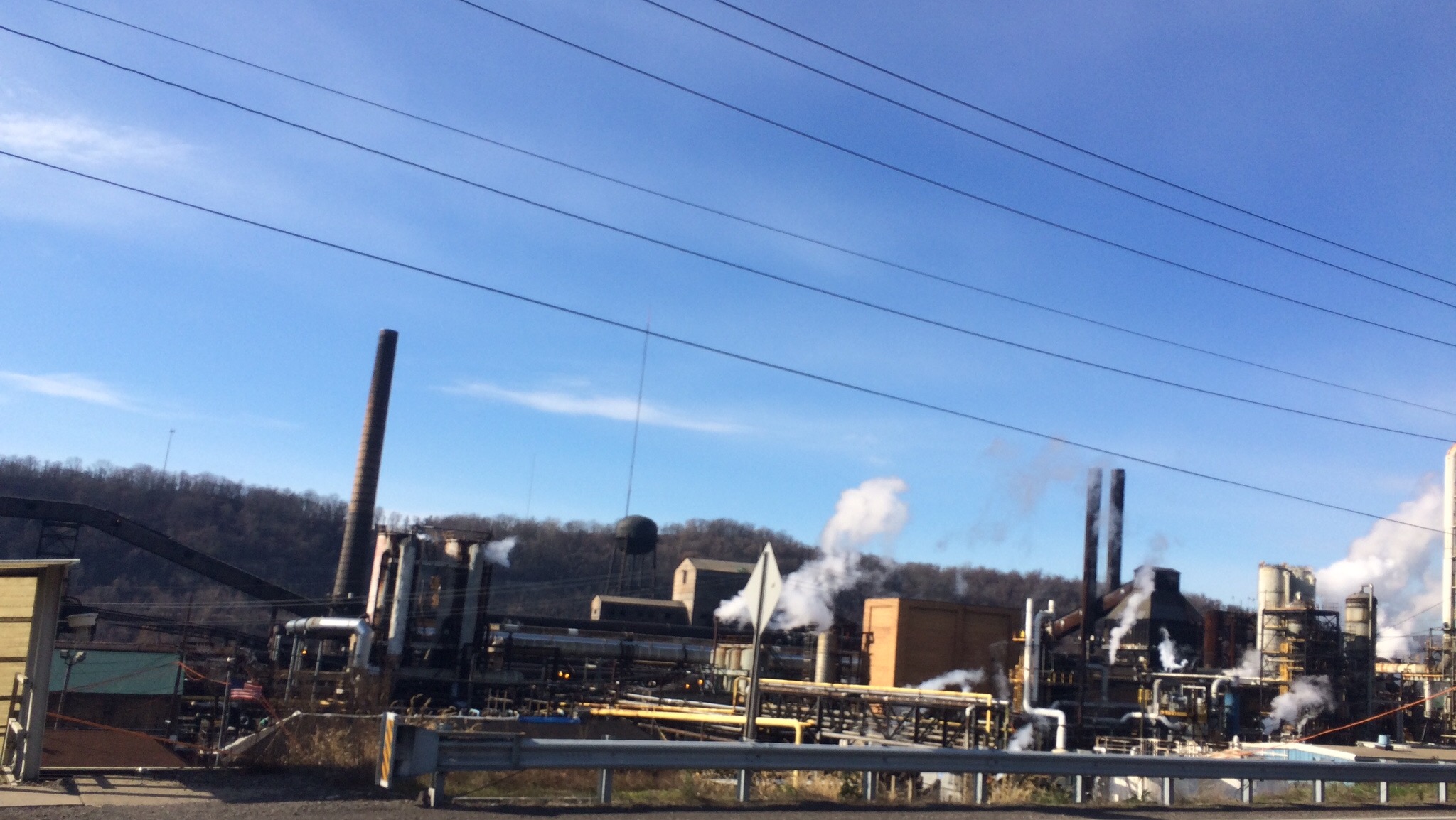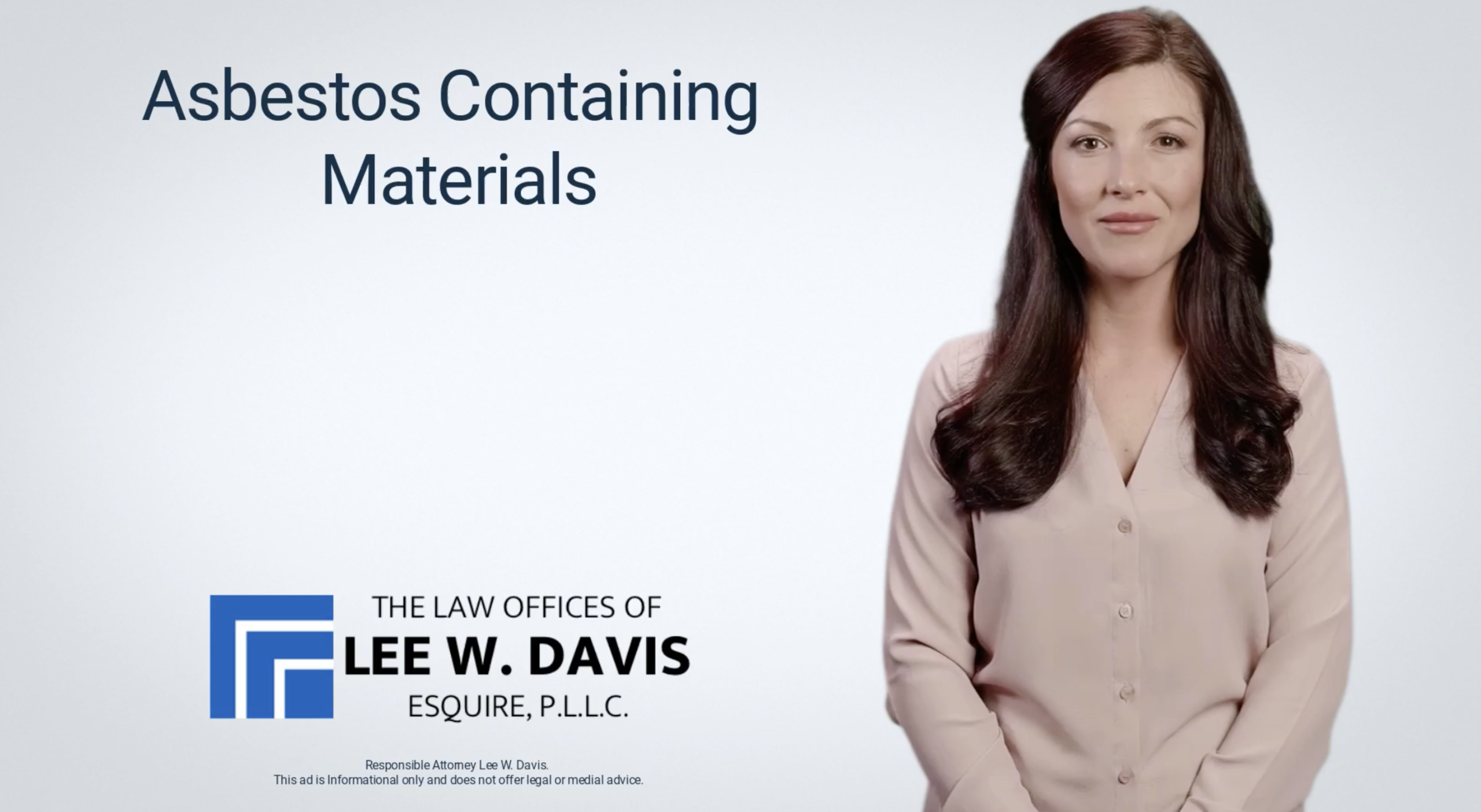
Mesothelioma and Koppers Coke Plant in Follansbee, West Virginia have a long history. If you or a loved one worked at Koppers in Follansbee West Virginia at the former Wheeling Pitt Coke Plant and has been diagnosed with Mesothelioma Lee can help. Mesothelioma is a rare and aggressive cancer that is caused by exposure to asbestos. Koppers Company operated a plant in Follansbee, West Virginia, where workers were exposed to asbestos. As a result, some of these workers developed mesothelioma, which can take decades to manifest symptoms. Legal action has been taken against Koppers for failing to protect workers from asbestos exposure.
Koppers Company in Follansbee, West Virginia closed in 2001, after operating for nearly 100 years. The plant was primarily focused on producing coal tar pitch, a key component in the production of aluminum, graphite, and other materials. The plant faced numerous challenges, including increased competition and declining demand for coal tar pitch. Additionally, the company faced significant legal and financial challenges related to asbestos exposure, as workers who had developed mesothelioma from exposure to asbestos sued the company for damages. These factors, combined with aging infrastructure and equipment, ultimately led to the closure of the Koppers plant in Follansbee.
If you or a loved one has been diagnosed with mesothelioma, Lee Davis is here to help. With his expertise, dedication, and compassionate approach, he is committed to fighting for the rights of mesothelioma victims and their families, seeking justice and fair compensation. Contact Lee Davis today directly at 412-781-0525 for a confidential consultation and take the first step towards reclaiming your future.











